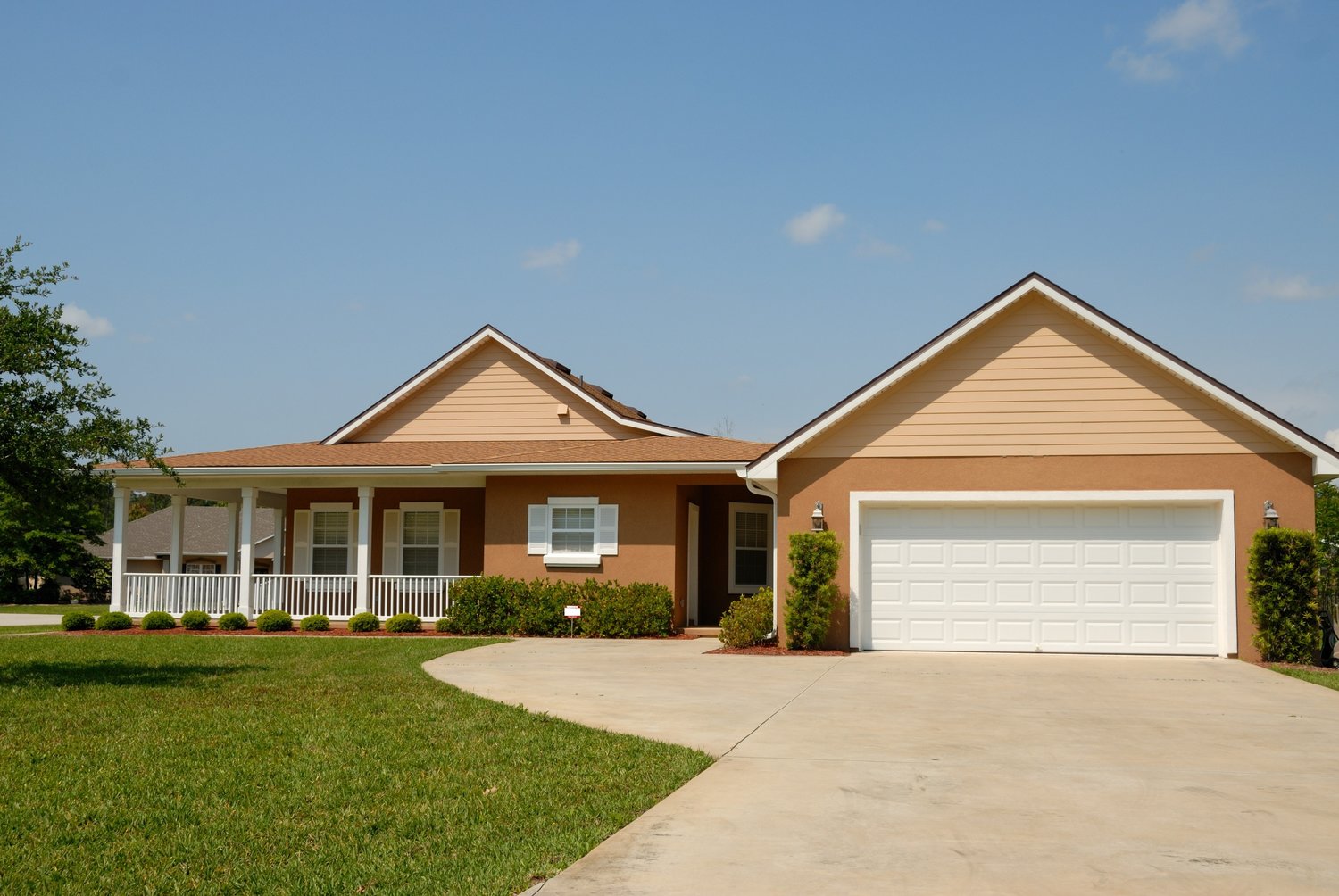The differences between a neighborhood and a master planned community
This article deals with some of the biggest questions on the minds of Katy residents. No, not the Ukraine/Russian conflict, rampant inflation, or the appliance shortage. While concerning, there may be writers better suited to handle those subjects.
This item is available in full to subscribers.
Attention subscribers
To continue reading, you will need to either log in to your subscriber account, or purchase a new subscription.
If you are a current print subscriber, you can set up a free website account and connect your subscription to it by clicking here.
If you are a digital subscriber with an active, online-only subscription then you already have an account here. Just reset your password if you've not yet logged in to your account on this new site.
Otherwise, click here to view your options for subscribing.
Please log in to continue |
The differences between a neighborhood and a master planned community
This article deals with some of the biggest questions on the minds of Katy residents. No, not the Ukraine/Russian conflict, rampant inflation, or the appliance shortage. While concerning, there may be writers better suited to handle those subjects.
The key questions on the minds of Katy residents (at least in my imagination) are:
- What’s a master planned community?
- What’s the difference between a master planned community and a neighborhood?
- What are the advantages and disadvantages of both?
- What’s the impact of master-planned communities on Katy?
Defining a master planned community
A master planned community usually contains 2,500 or more homes, but so do some larger communities. Many large neighborhoods feature tennis courts, swimming pools and some landscaping. Top-end master planned communities offer even more amenities. These can include lakes, walking trails, work-out rooms, community space, parks, golf course and perhaps to coordinate activities.
The developer also pre-plans restaurant locations, shopping, schools, and selects complementary builders. A master planned community will also control the look and feel of the community to increase home values.
Master planned community developers usually insulate their residents from the type of business they do not want to see through strict zoning. Not all master planned community developers offer the same amenities. Still, each strives to offer something special.
Differences between a master planned community and a neighborhood
The key difference is scale. Master planned communities are often bigger and offer more amenities.
Advantages and disadvantages between master planned communities and neighborhoods
Master planned communities offer more amenities. However, the residents pay for them via higher homeowner association fees and municipal utility district, or MUD, taxes.
MUD taxes decrease over time, and the cost of amenities are usually spread over thousands of residents. Master planned community fees are often comparable to communities with less amenities. Master planned communities usually have shopping and dining close to homes as well, but far enough away to not be an intrusion.
Homes in master planned communities can sell for more. This is because people are willing to pay for these amenities.
Master planned communities often police the neighborhood for consistency. If you like independence in what color you paint your home, or your yard décor, a master planned community may not be for you. Still, many traditional communities police these things as well.
Every master planned community is different, and so is every neighborhood. Do your research in advance to ensure the best fit for you and your family.
Katy offers incredible examples of master planned communities and traditional communities.
The impact of master planned communities in Katy
Early in my real estate career, three of the top–selling master planned communities in the country were in Katy. Master planned communities like Cinco Ranch, Elyson, Firethorne, Cane Island, Grand Lakes, Seven Meadows and Cross Creek Ranch have strengthened the Katy home market. They increased property values and helped bring about great schools, lakes, trails and community centers. Few cities statewide and even nationwide benefitted more from great master planned community developers as Katy has.
Selecting your home may not be as important as selecting your community. Katy’s strength is the diversity of great communities, both master-planned and traditional. Remember, you are not just selecting a home, you are selecting your children’s school, where you eat, and accessibility to parks. Contact a real estate professional for more information.
Timothy Sojka is the broker of the See TIM Sell Team at Keller Williams. His team has sold over 2,000 homes. Tim is also the author of the Amazon #1 political thriller Payback Jack and the upcoming thriller, Politikill.
Keywords
neighborhoods, master planned communities






